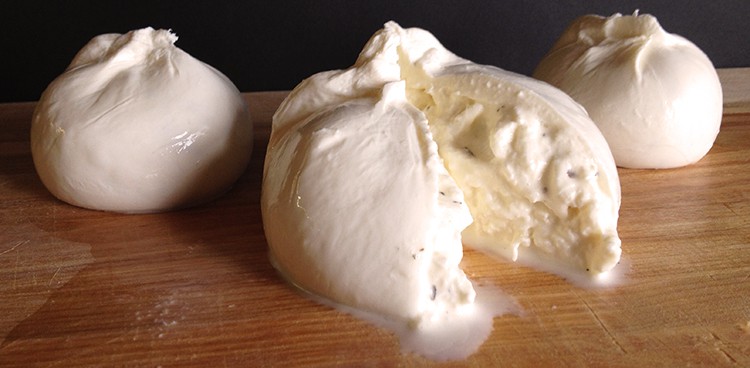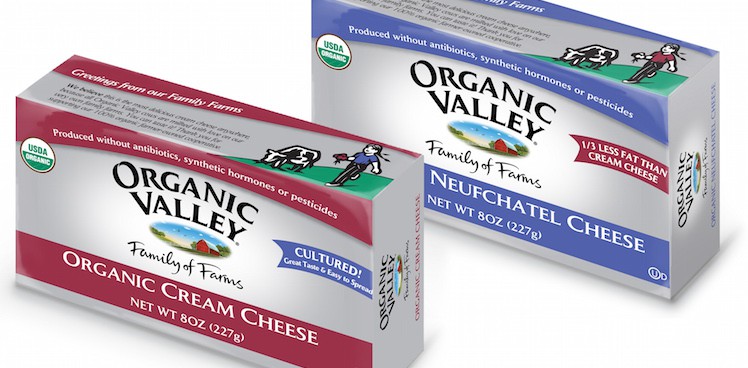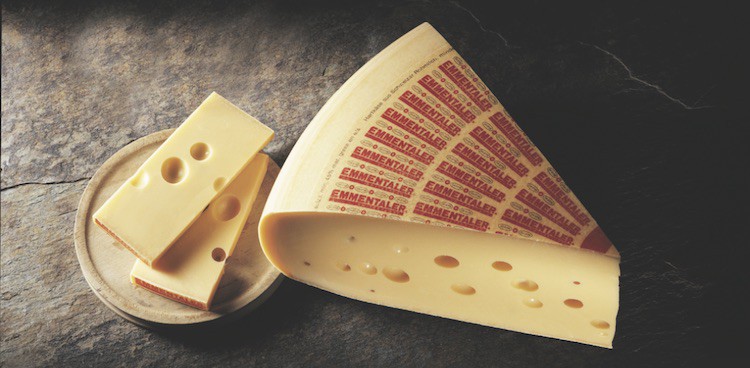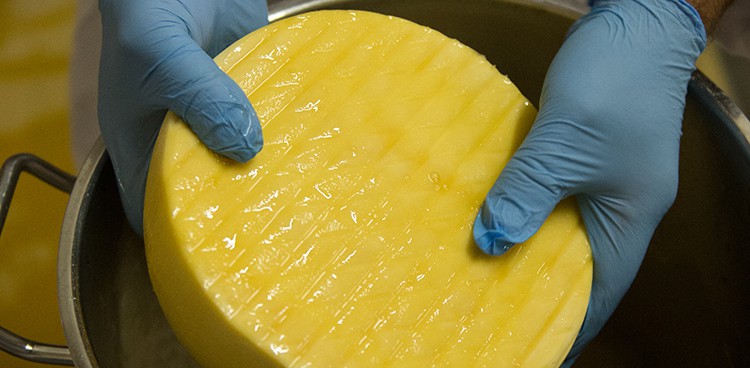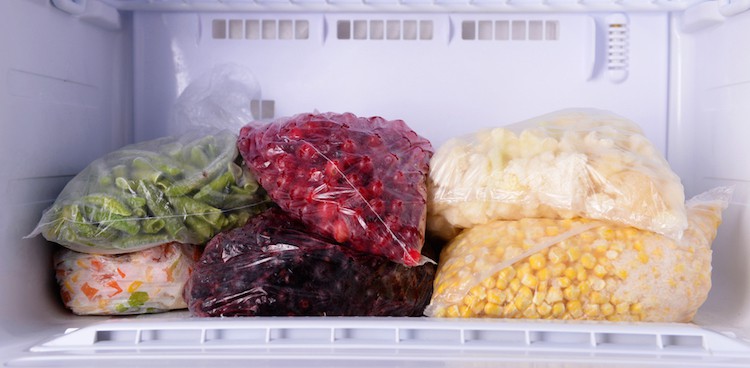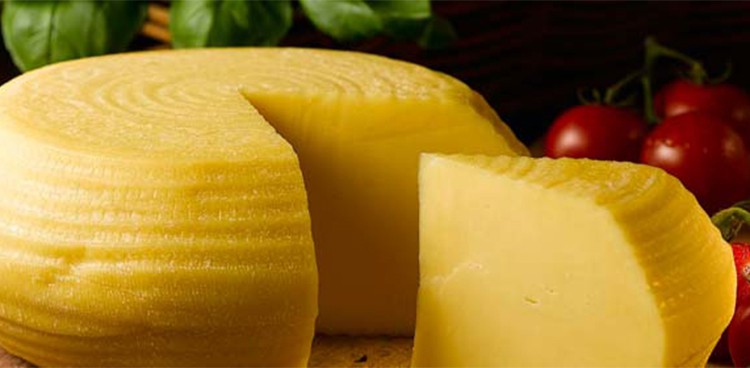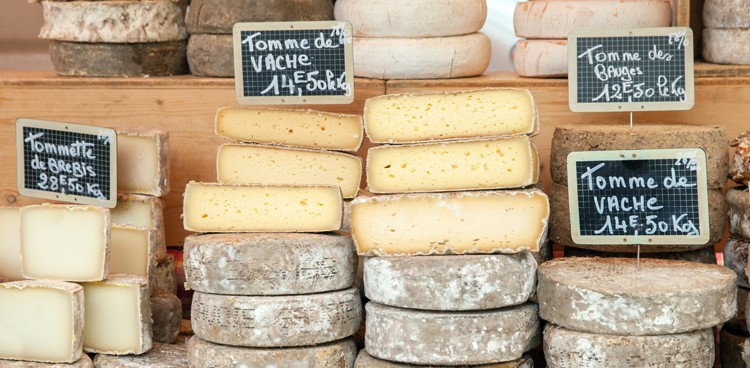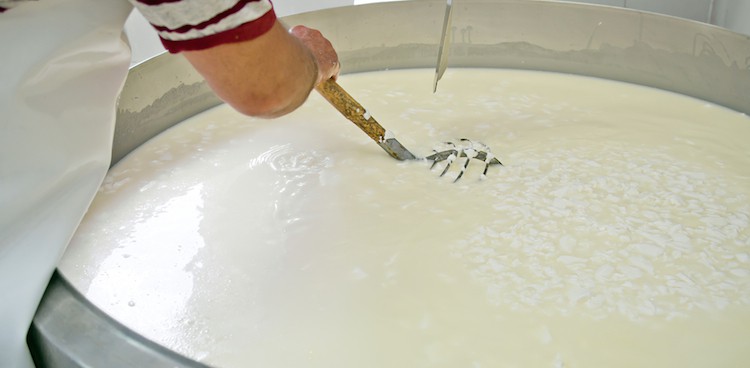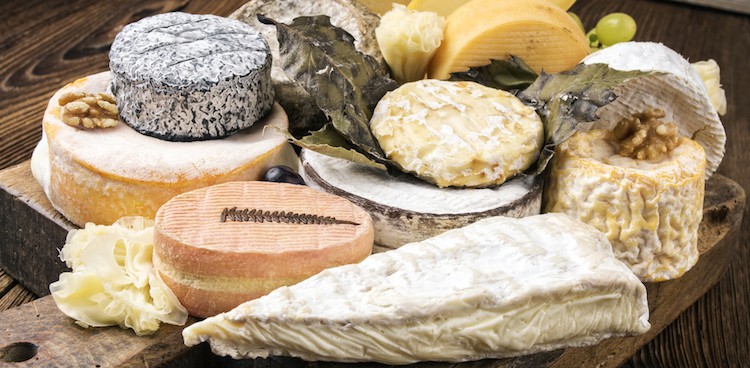Style Highlight: Leaf and Bark Wrapped Cheeses
Get up to date on the newest/oldest affinage technique in the book!
What Makes Cheese Organic?
Cheesemonger Steven Rosenberg answers the question: What does a cheesemaker need to do to call his cheeses “organic”?
Will the Real Emmentaler Please Stand Up?
Without a doubt, original Emmentaler cheese is indeed Swiss. But what is it, exactly? And why are other cheeses with big holes made elsewhere in the world also called Emmentaler?
Style Highlight: Beer-Washed Cheese
What happens when you wash cheese in brine and beer? Amazing flavor and a whole lot of stink.
Can I Freeze Leftover Cheese?
Cheesemonger Steven Rosenberg answers the question: Is it okay to freeze leftover cheese?
Are There Certifications for Cheesemongers in France?
Cheesemonger Caroline Boquet answers the question: Are there special certifications for becoming a cheesemonger in France?
Why Do Cheesemakers Heat Milk?
Cheesemakers heat milk, whether it’s raw or pasteurized, as the first step of the cheesemaking process.
What Makes Stinky Cheese Stinky?
Three cheeses are typically viewed as stinky—blue, bloomy-rind, and washed-rind—and each style derives its particular stink from different organisms


